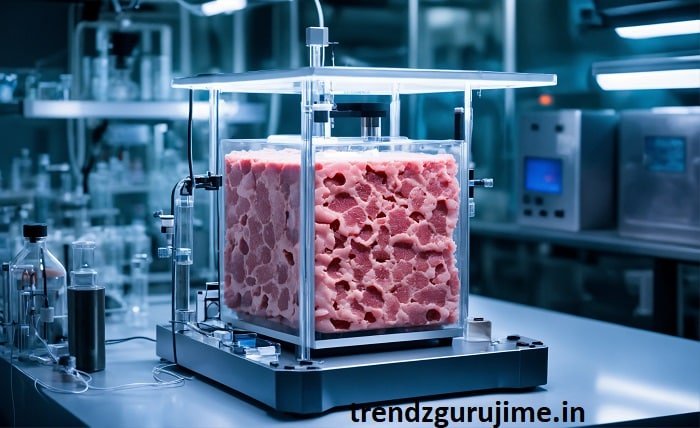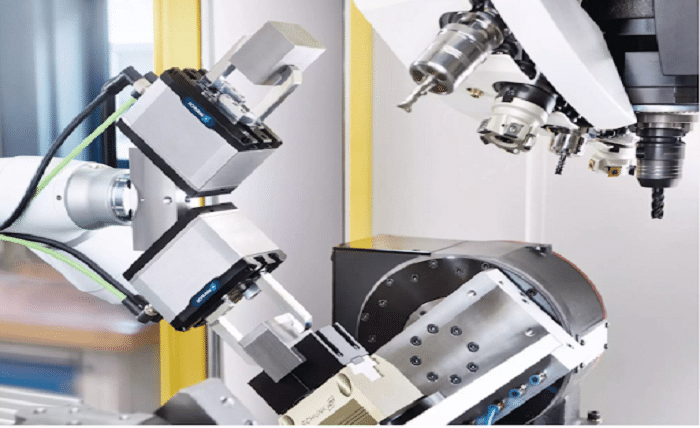Perfusion technology is a specialized field in medicine focused on the circulation of blood and fluids in the body, particularly during surgical procedures. This technology is essential for maintaining the flow of oxygen and nutrients to vital organs while removing waste products. Professionals trained in perfusion technology utilize advanced equipment to monitor and manage patients’ physiological states during complex medical procedures. Understanding perfusion technology is crucial for anyone involved in healthcare, as it significantly impacts patient outcomes and recovery.
1. The Importance of Perfusion Technology in Medicine
Perfusion technology plays a critical role in various medical fields, including cardiology, surgery, and critical care. It ensures that organs receive adequate blood supply, which is vital during procedures like heart surgery, where the heart may be temporarily stopped. By maintaining optimal perfusion, healthcare providers can reduce the risk of complications, improve recovery times, and enhance overall patient safety. The importance of perfusion technology cannot be overstated, as it directly affects the effectiveness of numerous medical interventions.
2. Key Components of Perfusion Technology
At the core of perfusion technology are several key components, including perfusion machines, oxygenators, and monitoring systems. Perfusion machines are designed to take over the function of the heart and lungs during surgery, maintaining blood circulation and oxygenation. Oxygenators facilitate the transfer of oxygen to the blood while removing carbon dioxide. Additionally, advanced monitoring systems track vital signs and ensure that the patient’s physiological parameters remain stable throughout the procedure. These components work together to create a seamless perfusion experience for patients.
3. Techniques Used in Perfusion Technology
Various techniques are employed in perfusion technology to ensure effective blood circulation and oxygen delivery. One common method is cardiopulmonary bypass (CPB), where blood is diverted from the heart and lungs to a machine that performs its functions temporarily. Another technique is extracorporeal membrane oxygenation (ECMO), which is used in critically ill patients to provide long-term support for heart and lung function. These techniques exemplify the versatility and importance of perfusion technology in modern medical practice.
4. The Role of Perfusionists
Perfusionists are trained professionals responsible for operating perfusion technology during surgical procedures. They play a critical role in ensuring that the perfusion equipment functions correctly, adjusting parameters as needed to maintain optimal blood flow and oxygenation. Additionally, perfusionists collaborate closely with surgeons and anesthesiologists to monitor the patient’s condition throughout the procedure. Their expertise in perfusion technology is essential for patient safety and successful surgical outcomes.
5. Advances in Perfusion Technology
The field of perfusion technology has seen significant advancements in recent years, driven by technological innovation and research. Newer perfusion devices are more compact, efficient, and user-friendly, allowing for better integration into surgical workflows. Moreover, improvements in monitoring technologies provide real-time data on patients’ physiological states, enabling more precise adjustments during procedures. These advancements not only enhance patient safety but also improve the overall effectiveness of medical interventions.
6. Challenges in Perfusion Technology
Despite its critical importance, perfusion technology faces several challenges. One significant issue is the risk of complications associated with perfusion procedures, such as bleeding, infection, and organ dysfunction. Additionally, the need for continuous training and education for perfusionists is essential, as the field is rapidly evolving. Addressing these challenges requires ongoing research and collaboration among healthcare professionals to ensure that perfusion technology continues to improve and adapt to the needs of patients.
7. Applications of Perfusion Technology
Perfusion technology is utilized in various medical applications, including cardiac surgeries, organ transplants, and trauma care. In cardiac surgeries, perfusion technology is vital for managing blood flow during procedures such as coronary artery bypass grafting (CABG) and heart valve replacements. Additionally, in organ transplantation, perfusion technology helps maintain donor organs during transportation, ensuring their viability for transplantation. The versatility of perfusion technology makes it indispensable across multiple medical specialties.
8. The Future of Perfusion Technology
The future of perfusion technology looks promising, with ongoing research and innovation driving advancements in the field. Emerging technologies, such as artificial intelligence and machine learning, have the potential to enhance monitoring systems and decision-making processes during surgeries. Additionally, the development of biocompatible materials for perfusion devices can further reduce the risk of complications. As the field continues to evolve, perfusion technology will play an increasingly vital role in improving patient outcomes.
9. Education and Training in Perfusion Technology
To ensure the continued success of perfusion technology, comprehensive education and training programs are essential for aspiring perfusionists. Most programs require a background in healthcare, followed by specialized training in perfusion techniques, equipment, and patient management. Additionally, ongoing education is crucial, as advancements in technology and techniques require professionals to stay updated with the latest practices. Investing in education and training will strengthen the workforce and enhance the quality of care provided in perfusion technology.
10. Patient Safety and Perfusion Technology
Patient safety is a paramount concern in the field of perfusion technology. Implementing rigorous safety protocols, continuous monitoring, and effective communication among the surgical team are essential for minimizing risks. Additionally, regular equipment maintenance and adherence to established guidelines help ensure that perfusion devices function optimally. Focusing on patient safety in perfusion technology not only protects individuals undergoing procedures but also builds trust in the healthcare system as a whole.
Conclusion
Perfusion technology is a cornerstone of modern medical practices, enhancing patient care during surgical procedures and critical care situations. With its advanced techniques, dedicated professionals, and ongoing innovations, perfusion technology significantly impacts patient outcomes and safety. As the field continues to evolve, investing in education, research, and safety will be essential for harnessing the full potential of this vital discipline.
FAQ
1. What is perfusion technology?
Perfusion technology is a specialized field focused on the circulation of blood and fluids in the body, primarily during surgical procedures.
2. What role do perfusionists play in healthcare?
Perfusionists operate perfusion equipment during surgeries, ensuring optimal blood flow and oxygenation while monitoring patients’ physiological states.
3. What are common techniques used in perfusion technology?
Common techniques include cardiopulmonary bypass (CPB) and extracorporeal membrane oxygenation (ECMO), used to support heart and lung function.
4. What advancements have been made in perfusion technology?
Recent advancements include more efficient and compact devices, improved monitoring technologies, and innovations driven by artificial intelligence.
5. How does perfusion technology impact patient safety?
Perfusion technology enhances patient safety through continuous monitoring, adherence to safety protocols, and effective communication among the surgical team.





